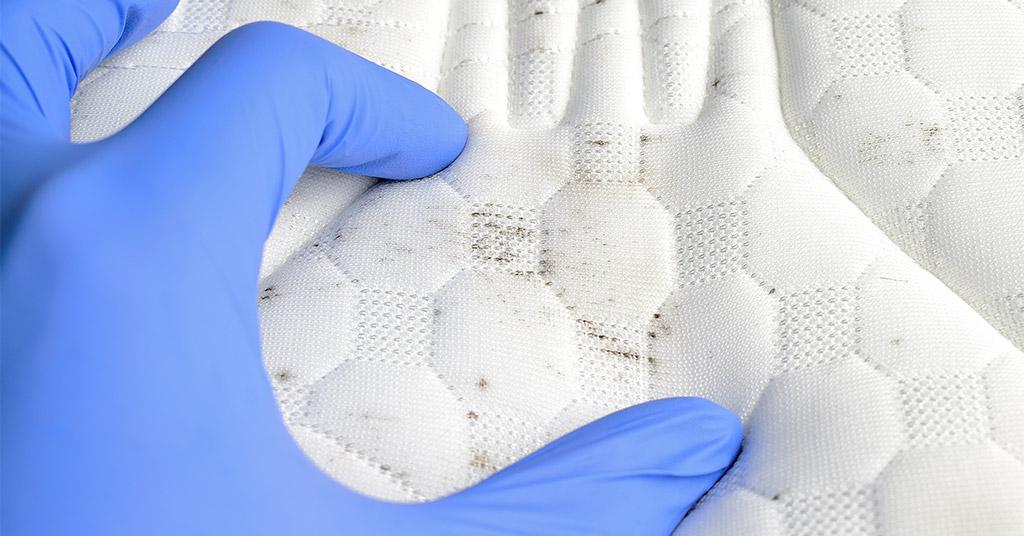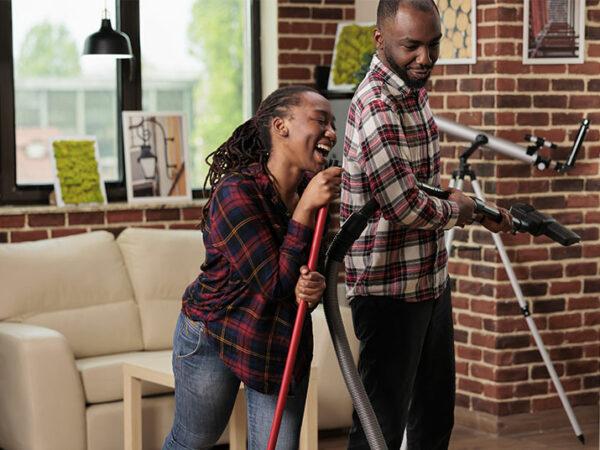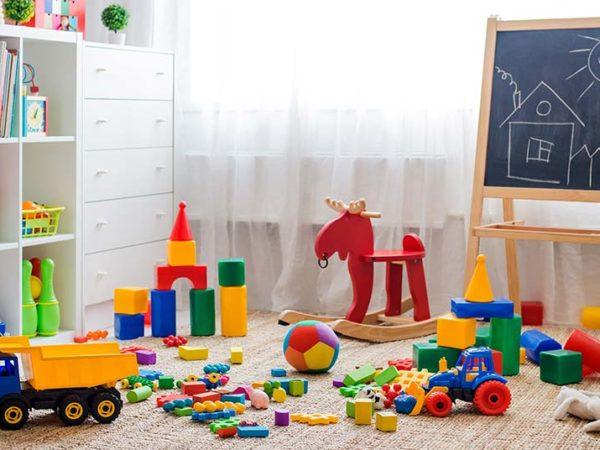
When my daughter was about four years old, she had a severe allergic reaction. At the hospital, she tested positive for allergies to a number of substances, among them household mould.
We asked the doctor how best to keep mould out of our home. His answer was “Move to the Karoo.”
Even in the hospital, he said, you’d find mould if you took swabs from the walls and ceilings.
Mould is a fact of life in Cape Town, and the season that mould and mildew love best is now upon us. Mould spores thrive in Cape winters because of the damp conditions and a lack of ventilation, which results as we all rush to close windows against the cold.
Please note that Chelsea Cleaning does not offer household mould removal. However, we do offer professional carpet, curtain, mattress and upholstery cleaning. This is effective for removing surface mould and mould spores.
Why is mould a problem?
Household mould is a common cause of allergies and respiratory problems, including asthma. Some moulds also produce mycotoxins, which can make people sick.
Mould on walls, ceilings and carpets is unsightly and corrosive. It can leave permanent stains and eat into fabrics. It also has an unpleasant smell.
Why it’s best to remove mould as soon as possible
Over time, mould eats into whatever surface it is on. If left to grow, it will corrode surfaces and upholstery fabrics, resulting in permanent damage.
Is black mould dangerous?
At one point, the dangers of black mould were overblown in the media. In fact, typical black mould is not highly hazardous.
As WebMD notes, there’s no reason to believe that black mould is more dangerous than other mould types – and its association with symptoms referred to as toxic mould syndrome are “…largely due to media hype.”
The idea of toxic mould syndrome may be mostly a media creation. However, black mould isn’t good for people either.
It can trigger allergic responses, ranging from simple eye and nose irritation through to asthmatic attacks and more serious reactions.
When it’s best to call a specialist to remove mould
If mould in the home is a result of flooding with sewage or other contaminated water, it’s time to call in a specialist.
Similarly, if mould growth is very thick and covers a large area, like a bathroom wall or a floor that’s revealed when you pull up a carpet, it suggests you need a contractor.
For the rest, it’s generally safe to address Cape Town’s winter mould through routine cleaning.
How to remove mould safely yourself
A number of widely available household products are effective for removing surface mould and mildew from hard surfaces, like tiles, walls and ceilings.
No matter what you use, it’s recommended that you wear gloves, eye protection and preferably a surgical mask, to minimise the amount of mould you inhale.
Chlorine bleach
A solution of one part chlorine bleach to three parts water, plus a squirt of dish-washing liquid, is an effective way to remove mould. The bleach kills the mould and the detergent helps in removing it.
Spray the bleach solution onto the affected area, leave it sitting for 5 to 10 minutes, rinse it off well and dry thoroughly.
Safety when using bleach
Bleach and the fumes it releases are toxic. You should open a window or use a fan for ventilation, and be careful to avoid splashing bleach onto your skin or into your eyes.
Never combine chlorine bleach with any product that contains ammonia. Mixing the two substances creates a poisonous gas.
Bleach may also stain surfaces or fabrics. It’s best for removing mould from non-porous surfaces like tiles.
Baking soda
An excellent (and affordable) alternative to chlorine beach is baking soda. Also known as bicarbonate of soda, baking soda is a non-toxic mineral powder. It both kills mould and absorbs moisture, thereby helping prevent mould from returning.
To use baking soda to remove mould, simply follow these steps:
- add half a teaspoon of baking soda to about half a litre of water and mix in a spray bottle
- spray the affected area and leave sitting for a few minutes
- scrub and then rinse the surface to remove the mould
- spray the area again and let it dry.
Hydrogen peroxide
Hydrogen peroxide is another good alternative to chlorine bleach. As well as killing mould, it has anti-viral and anti-bacterial properties.
To remove mould, make a solution of 3% hydrogen peroxide in water. Spray or sponge the affected area and leave sitting for about 10 minutes. Scrub to remove the mould, rinse and dry as thoroughly as possible.
Vinegar
Because of its acidity, vinegar is fairly effective in killing many species of mould – and unlike bleach, it’s not toxic. It has a strong smell but this subsides fairly quickly.
It’s best to make a solution of white vinegar and water, spray it onto the affected surface and leave it sitting for as long as an hour. Then scrub to remove the mould, rinse and dry thoroughly.
Removing mould from fabrics and upholstery
Dealing with mould in Cape Town winters isn’t only about tackling walls and ceilings. Mould also grows and spreads in carpeting and on curtains, mattresses and furniture upholstery.
A simple wipe-down with a diluted vinegar spray and a damp cloth can help remove superficial mould growth.
If curtains are machine-washable, they can be washed at home. However, it takes a temperature of at least 60° Celsius to kill mould spores. Be sure to verify that curtain fabric can withstand heat this high before washing on a very hot cycle.
Exposing a mattress or upholstery to direct sunlight also helps kill mould (although it won’t remove staining). One to three hours of exposure to sunlight is usually needed.



